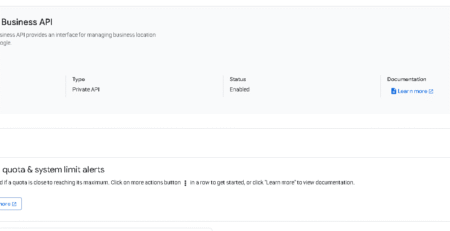Unveiling GPT-3: AI’s Leap Towards Human-Like Text Generation
OpenAI, a leading research organization in the field of artificial intelligence, has recently unveiled a groundbreaking advancement in AI technology with the release of its third-generation language model, known as GPT-3 (Generative Pre-trained Transformer 3). This latest iteration of the GPT series has surpassed all previous models, demonstrating an unparalleled ability to understand and generate human-like text. GPT-3 is a transformer-based deep learning model that has been trained on a massive dataset of text from the internet, allowing it to learn the structure and patterns of human language. What sets GPT-3 apart from its predecessors is its unprecedented scale, boasting a staggering 175 billion parameters compared to GPT-2’s 1.5 billion parameters. This increase in scale has enabled GPT-3 to exhibit a level of language understanding and generation that is closest to human-like fluency. The significance of GPT-3 lies in its potential to revolutionize a wide range of industries and applications. In the field of natural language processing, GPT-3’s advanced capabilities can be utilized for various tasks such as text completion, language translation, summarization, and question-answering. The model’s ability to understand context, infer meaning, and generate coherent text has the potential to streamline workflows, enhance productivity, and improve user experiences across multiple domains. One of the key implications of GPT-3’s advancement is its impact on content generation and automation. With the ability to generate high-quality text that closely mimics human writing, GPT-3 has the potential to transform content creation processes in industries such as journalism, marketing, and creative writing. The model can assist writers in drafting articles, creating ad copy, or generating product descriptions, saving time and effort while maintaining a consistent tone and style. Beyond content generation, GPT-3’s language understanding capabilities open up new possibilities for interactive communication and dialogue systems. Chatbots and virtual assistants powered by GPT-3 can engage users in more natural and contextually relevant conversations, providing personalized assistance and information retrieval. This enhanced conversational AI experience has the potential to revolutionize customer service, online support, and virtual interactions in various industries. The development of GPT-3 also raises important ethical considerations related to the responsible use of AI technology. As neural network models like GPT-3 become more powerful and pervasive, concerns around bias, misinformation, and misuse of AI capabilities come to the forefront. It is crucial for organizations and researchers to prioritize ethical AI practices, transparency, and accountability to ensure that AI technologies like GPT-3 are deployed in a responsible and beneficial manner. In conclusion, the advancements demonstrated by GPT-3 represent a significant milestone in the field of AI research and development. The model’s remarkable language understanding capabilities, vast potential applications, and ethical implications highlight the transformative impact of AI technology on society, industry, and the way we interact with machines. As we harness the power of AI models like GPT-3, it is essential to stay vigilant and responsible in leveraging this technology for the greater good.


Leave a Reply